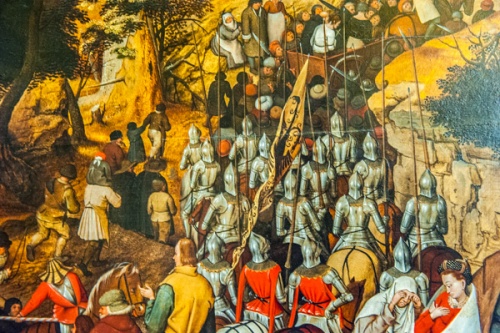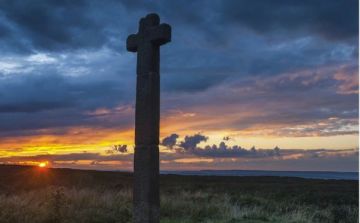
The house takes its name from medieval Nostell Priory, an Augustinian monastery founded in 1114. The monastery was dissolved by Henry VIII in 1540. The monastic site is near the current house, but there is very little to see beyond the 17th-century cow stalls, which were converted from monastic outbuildings.
Nostell Priory stands two storeys high, with a centre block of five bays. The interiors are mainly by Adam, with furniture designed by Chippendale specifically for the Priory. There is an extensive art collection, with paintings by Angelica Kauffman and Breughel, among others. The library is considered one of the best at any National Trust property.

The landscape gardens were laid out by Stephen Switzer, and stretch to over 300 acres. One of the most intriguing features of the garden is a pond formed out of a former cockpit. The high banks surrounding the pond retain the turf seating used by spectators at cockfights.
Visiting
I was fortunate enough to be part of a special guided tour of the house interiors. To say that I was awe-struck is an understatement. The plasterwork detail and interior room decoration by Robert Adam are simply stunning. Adam's attention to detail is immaculate, and every surface seems carefully planned to blend into the next. The artwork is superb, and I was especially struck by Brueghel's painting of the Procession to Calvary (c. 1602).

One of the most talked-about pieces of furniture is The Dolls House, crafted by master furniture maker Thomas Chippendale between 1730-1740. Never has a dolls house looked more like fine furniture! All in all, Nostell Priory is a magnificent example of an 18th-century stately home, with some of the finest interiors in the country. Highly recommended.











 We've 'tagged' this attraction information to help you find related historic attractions and learn more about major time periods mentioned.
We've 'tagged' this attraction information to help you find related historic attractions and learn more about major time periods mentioned.



